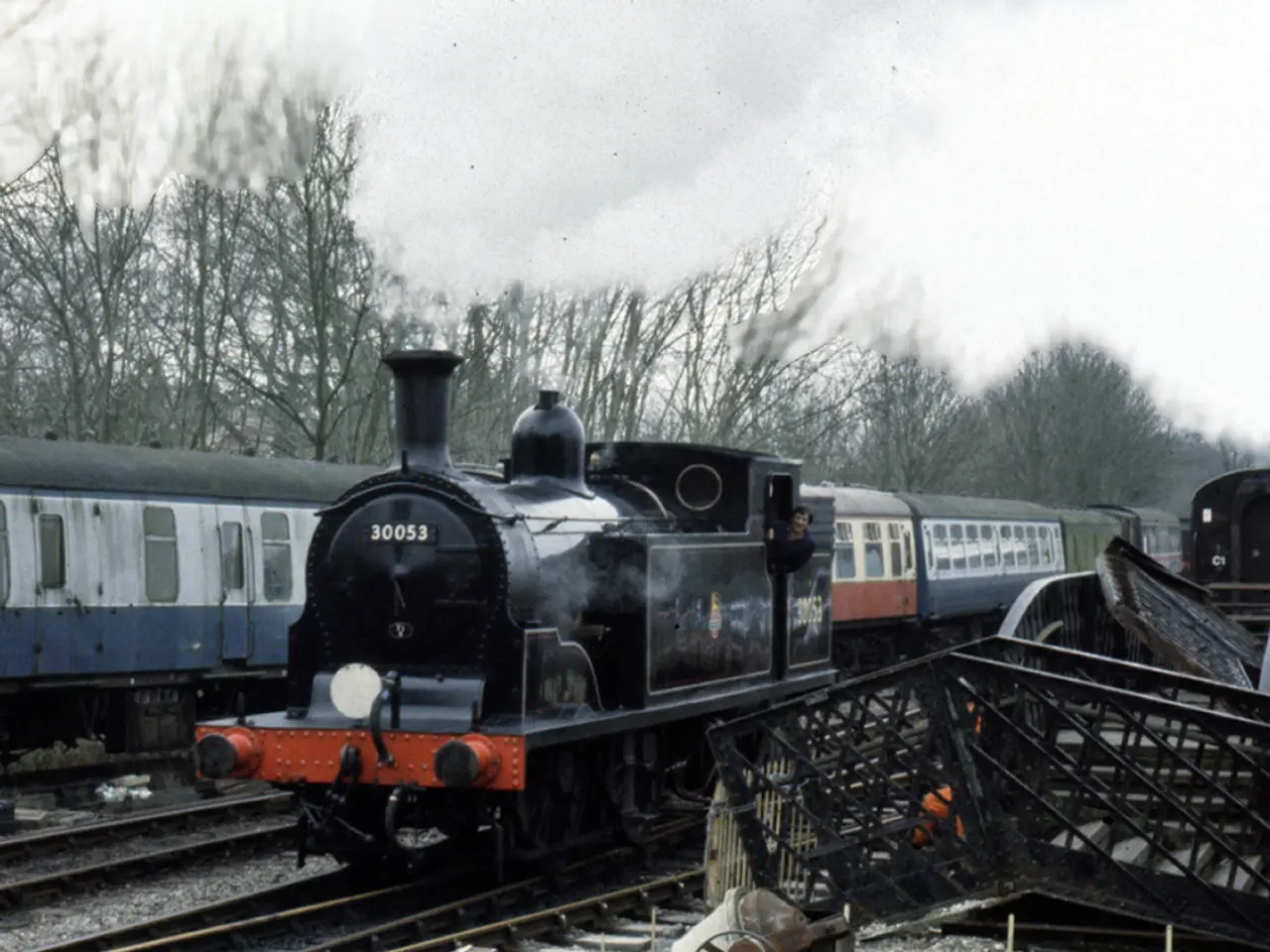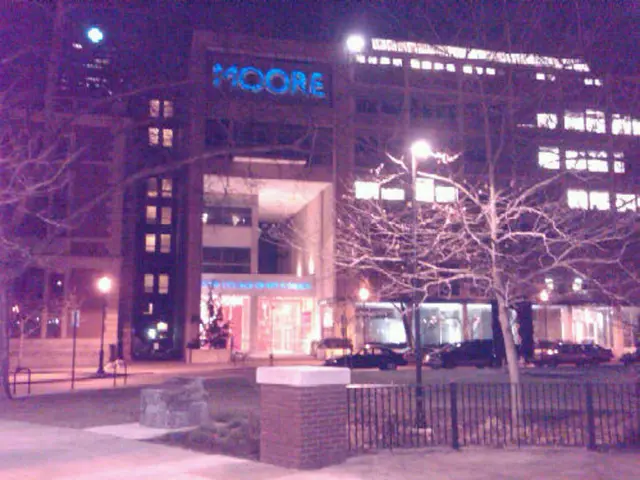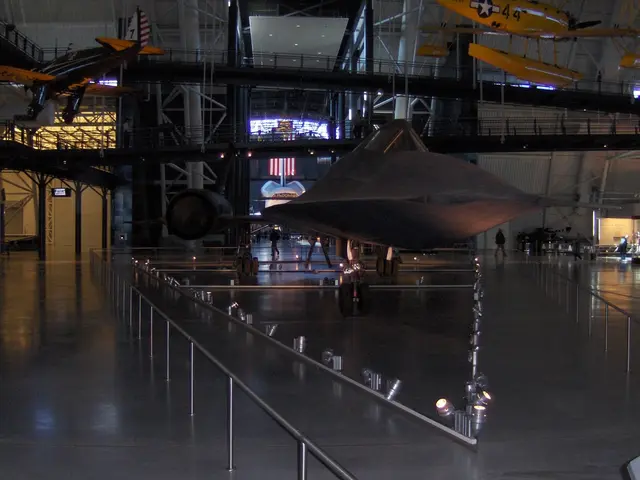Aviation's Crucial Stages: Exploring the Significance of Aircraft Ownership and Racecourse Flight
Holding patterns and racetrack procedures are two closely related concepts used in air traffic regulation to ensure safety and efficiency in the skies.
What are Holding Patterns?
A holding pattern is an established maneuver used to keep an aircraft within a specified airspace while awaiting further clearance, often while delaying approach to an airport. It involves flying a racetrack-shaped pattern timed and oriented according to published procedures at a holding fix. Holding patterns are flown with standard right-hand turns and typically take approximately 4 minutes per circuit.
What are Racetrack Procedures?
The term "racetrack procedure" refers to the specific shape and flight path of this pattern—a straight outbound leg, followed by a 180° turn, an inbound leg, and a second turn, resembling a racetrack. It is the geometric form used to depict holding patterns graphically on charts and in their actual flight execution.
Differences and Definitions
A holding pattern is primarily used for managing air traffic sequencing, providing pilots time to prepare for approach or to receive updated clearance, and maintaining safe separation from other traffic while staying within controlled airspace. On the other hand, the racetrack procedure as the flight path applied in a holding pattern ensures that aircraft maintain a predictable, protected airspace, with pilots having clear entry and exit procedures from the holding fix.
Applications
Holding patterns are used for various purposes, including managing air traffic sequencing, providing pilots time to prepare for approach, and maintaining safe separation from other traffic while staying within controlled airspace. The racetrack procedure, as the flight path applied in a holding pattern, ensures that aircraft maintain a predictable, protected airspace, with pilots having clear entry and exit procedures from the holding fix.
Additional Notes
Holding pattern entries (direct, parallel, teardrop) affect how an aircraft initially transitions into the racetrack holding pattern based on its position. Each pattern is flown for standard timing (typically 1-minute legs in still air) and requires wind correction to remain accurate. The FAA and other aviation authorities depict holding patterns with racetrack symbols on instrument approach charts, underscoring their use and shape.
Racetracks are usually "protected" by the airport's own protection area. They serve a discreet yet important objective: guiding each aircraft safely towards its destination. Racetracks constitute an important asset used in critical terminal phases of flight and improve safety almost as much as their stricter brother, holding patterns.
Aircraft in holding patterns are protected by a segregation of allowed altitudes inside the pattern, with only a specific selection of altitudes available for use. Racetracks ensure a safe arrival without high-bank turns, which could jeopardize safety. Speeds and altitudes along the holding track are limited to build a protected area of reasonable size.
Racetracks are most commonly used in close proximity to airports, easing the transition between arrival and final approach phases. Racetracks suggest speeds and altitudes, often related to the actual approach procedure they are linked to.
In summary, the holding pattern is the procedural use of a controlled, racetrack-shaped flight path for delaying or sequencing aircraft in flight, while the racetrack procedure describes the specific racetrack geometry and maneuvers executed during that holding.
The aviation industry incorporates racetrack procedures as a crucial element in the holding patterns, providing aircraft with a predictable, racetrack-shaped flight path within controlled airspace. Financial analysts in the transportation sector might also consider holding patterns as an essential aspect of maintaining safety and efficiency in the skies, contributing to the overall success and growth of the transportation industry.







